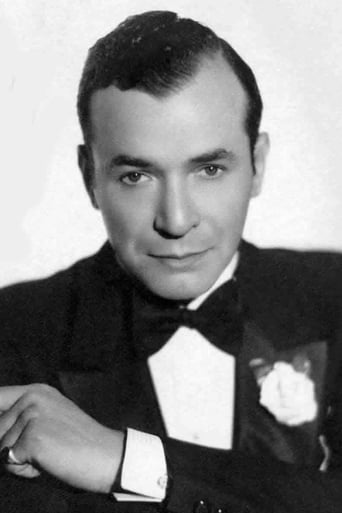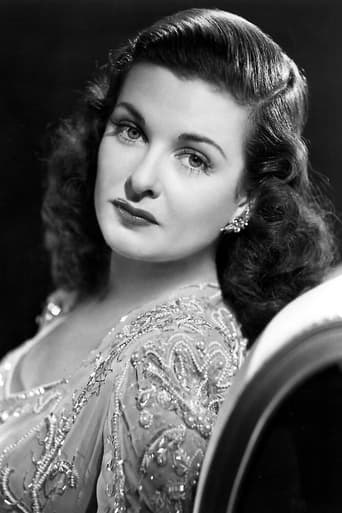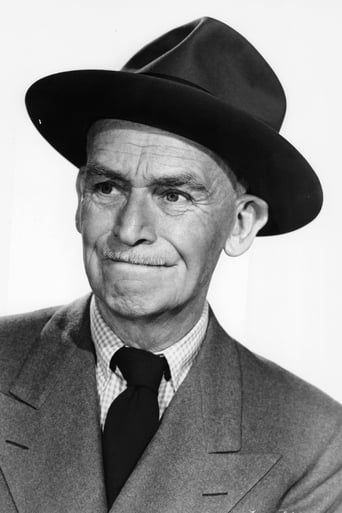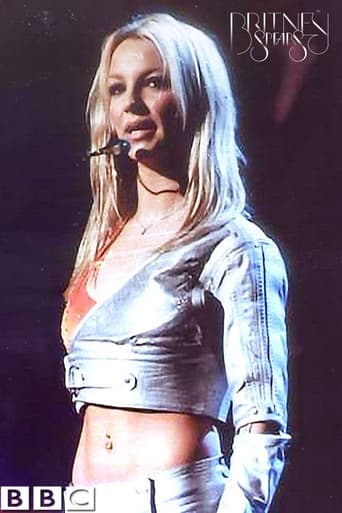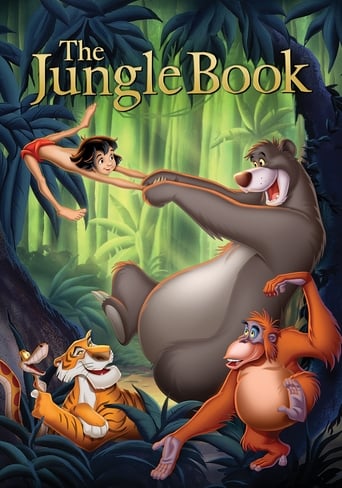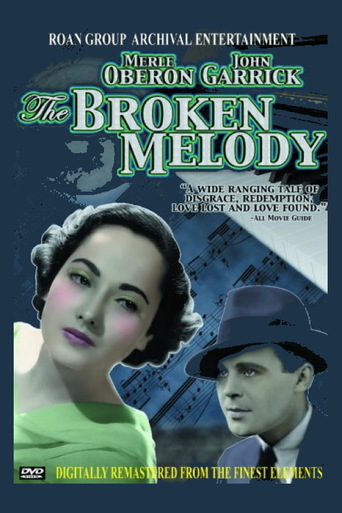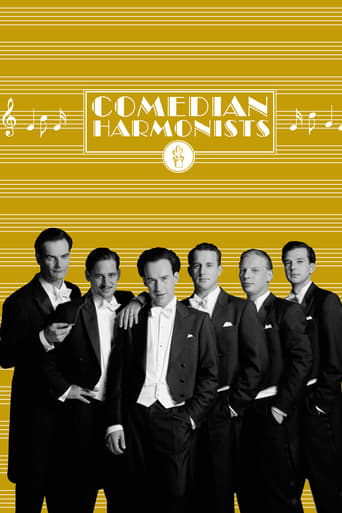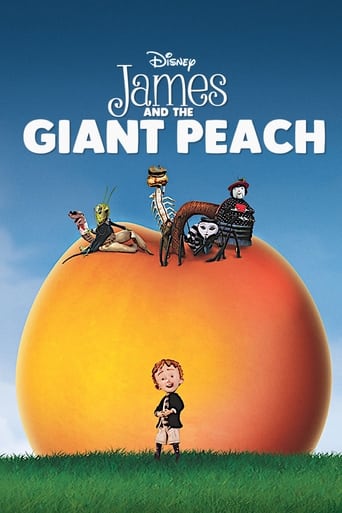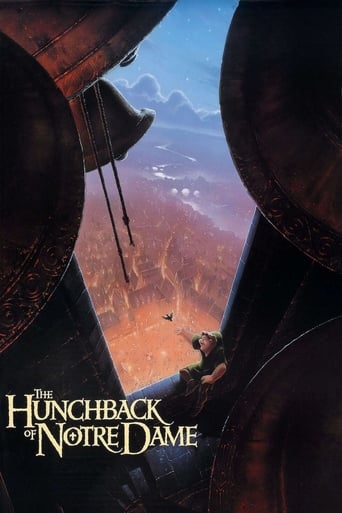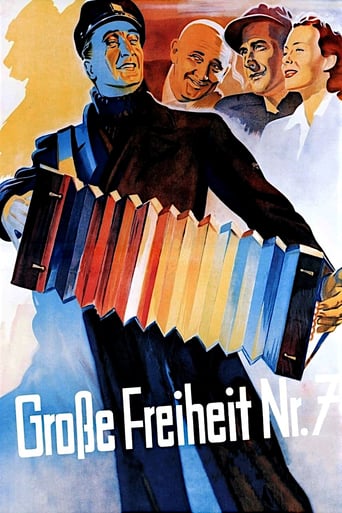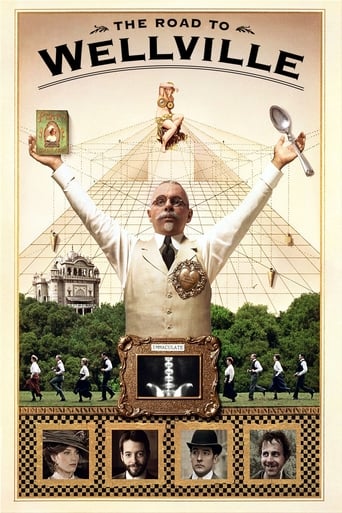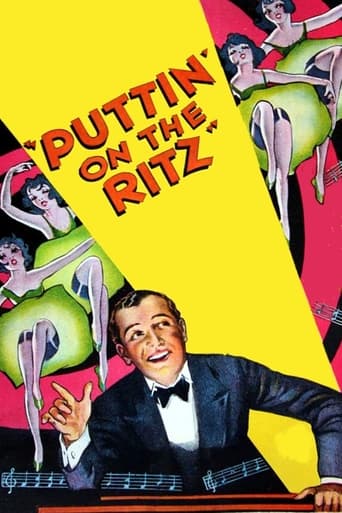
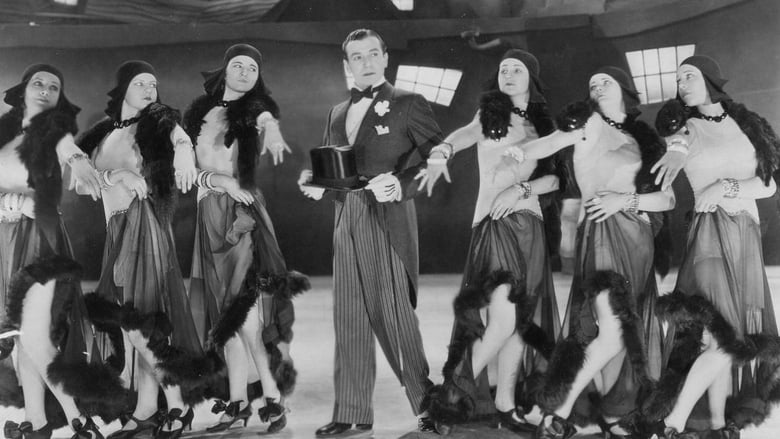
Puttin' on the Ritz (1930)
A vaudeville and nightclub performer becomes successful and forgets who his friends really are.
Watch Trailer
Cast


Similar titles
Reviews
Great Film overall
Excellent but underrated film
At first rather annoying in its heavy emphasis on reenactments, this movie ultimately proves fascinating, simply because the complicated, highly dramatic tale it tells still almost defies belief.
This is a must-see and one of the best documentaries - and films - of this year.
In 1930 Irving Berlin was at a cross roads, his song writing talents which went back to the rag time era were now considered passé among the more sophisticated talents of Rodgers and Hart. He decided to sink or swim with movie songs - and one of the first was "Puttin' on the Ritz" with the song that became a standard. The man who was called upon to put it over was Harry Richman. He wasn't hugely well known away from the big city cabarets but at the time he was having a well publicized affair with Clara Bow and it was hoped that the scandal would bring in the public in droves.Just like Richman, his part of Harry Raymond was a conceited song and dance man who starts off as a song plugger. When lovely show girl Dolores Fenton (Joan Bennett) comes to the publishing house to try to interest people in a song she has written, "With You", Harry's over the top enthusiasm of it gets him fired. That's okay, he and Dolores team up with Jimmy (James Gleason) and Goldie (the wonderful Lilyan Tashman who acidly comments that Harry needs an 18 day diet for his fat head!!). Richman gets to put across "Singing a Vagabond Song", but his big headedness ("by the time I get through singing, you'll probably want me to sing all night") gets him into trouble again, especially when he invites the "beau-hunks" in the audience to come and have a sock at him if they dare!! Needless to say, that is the quartet's last night. They split up - Jimmie and Goldie go to the sticks, while Harry and Dolores dazzle the Great White Way - Dolores tries to give Harry a pep talk about being humble and not so much of the "I,I,I's and me, me, me's" but it falls on deaf ears. She also has to contend with fickle society dame (Aileen Pringle) who tells Harry all he wants to hear. Of course there is the scene where during a night club performance of "There's Danger in Your Eyes, Cherie" he completely ignores Dolores and sings only to Mrs. Van-Renssler!!Wonderful to see and hear Harry Richman put over "Puttin' on the Ritz" in a great production number that has strutting dancers, jiggling buildings and a glowing alley cat - knowing that this is the movie that introduced this standard!! Whatever you think of Richman, he had a powerful, almost sensual voice that sold songs. He and Dolores split up - no-one will touch Harry due to his ego but surprisingly Dolores (Bennett could neither sing or dance) is given the lead in "Alice in Wonderland". Would have been a stunning production in the original colour with the Tenniel characters coming to life on the stage. Joan Bennett couldn't have felt comfortable in the few musicals she was given at this time but her blonde looks were made to order for this sumptuous production number - as she skipped and danced with the Cheshire Cat, the Mad Hatter and the March Hare. At the end of the show the audience call for her to sing "With You" but she can't sing it without Harry. Where has Harry been? - Well he is now blind after drinking rotten liquor at his Christmas party but he makes Jimmy promise not to reveal his condition to Dolores. In a scene that had it's origins the year before when Al Jolson stood up in the audience of Ziegfeld's "Show Girl" and sang "Liza" as his wife Ruby Keeler danced on stage, Harry stands up and sings "With You" to a faltering Dolores.Apparently Joan Bennett said that when she began to sing a duet with Harry, he really blew his top and Irving Berlin had to step in and take her side. "Puttin' on the Ritz" was a huge movie hit in it's day with critics dubbing Richman the find of the year!! - but outside the cities audiences didn't care for the pushy Richman or his tabloid romances. After the initial success Richman was found not to live up to his hype and he went back to New York but in a scene that could have come from the movie, he was given a contract for some shorts only to have it taken away when he demanded too much!!Highly Recommended.
For an early talkie musical, this one is actually pretty memorable even if it creaks as loudly as the stairs of "The Cat and the Canary". Crooner Harry Richman is a singer with a personality and ego as big as Jolson's and Joan Bennett is the young singer he falls in love with. If the story isn't close to Jolson's real-life with dancer Ruby Keeler, then I don't know what is. James Gleason is his hard-boiled but good hearted manager and offers some much needed humor. What is impressive here are the big musical numbers, very similar to those of MGM's big budget smash "Broadway Melody" the same year (when it won an Academy Award for Best Picture), the standouts being the title song (sung here on screen for the first time before Clark Gable, Fred Astaire and Dr. Frankenstein and his monster laid into it) and the "Alice in Wonderland" spoof which almost seems like a live-action cartoon. Richman's personality may not appeal to modern audiences, but at one time, he was as big as Jolson. This is a difficult film to rate as a majority of the print is missing and what remains is choppy at best. Still a curiosity for movie musical buffs, it is worth a look for an era of film long gone. The Jolson/Keeler story was also "fictionally" dramatized in 1933's "Broadway Through a Keyhole", another lavish musical influenced more by the release of "42nd Street" in which Keeler went out a youngster but came back a star.
...but remember that the day was a short one. Harry Richman - starring almost as himself as a crooner whose head grows with his fame - was going through a short period of notoriety as a playboy, not to mention he was a popular singer in his own right with his own club at the time this film was released. Joan Bennett as Delores, Harry's love interest, was still a teenager, just getting restarted in a career that would ultimately span half a century. Then there is James Gleason as Jimmy, who actually wrote the dialogue for this one as well as acting in a supporting role as a love interest to ... Lilyan Tashman??? There's about 15 minutes missing from what's left of this film and I sure hope it's found someday and turns out to be scenes between Tashman and Gleason... Oh the possibilities! Tashman was well known at the time, but Gleason was just getting started in front of the camera with sound giving him a golden opportunity as a character actor and as a character in general.What makes this one interesting has little to do with plot, or acting or even music, in spite of the fact that the songs were written by Irving Berlin. Instead what is breathtaking is the art design. Made just after the stock market crash and before the Depression took hold, it is an art deco lover's dream. If F.W. Murnau had been making a musical in 1929 it would have looked like this.Of course, this one will always be remembered for just one number - the title one, "Puttin on the Ritz". Sure it's clumsily choreographed, but the nightmarish scene of buildings and billboards coming to life and swaying to the beat of Berlin's syncopated tune decades before any CGI could add to the spectacle is not to be forgotten.Then there are more than a few riddles today for which we have no answers. Why, when Goldie and Jimmy visit at Harry's Christmas party full of society swells are they wearing matching fur hats and plaid coats? Are they married, if so when did they get married? Why is Delores such a big hit in her own show at the end of the film when all she does is skip and wrinkle her nose with delight during a number about Alice in Wonderland while the chorus does all of the actual singing and dancing? Why would anyone ever believe that the incredibly talented Joan Bennett was a viable singer in the first place? Harry Richman's character is Harry Raymond, yet the neon sign on his club is shown as "Club Richmond". Did they change his character's name and not bother to re-shoot this probably expensive shot of the exterior of the club thinking nobody would notice? Again, if only we could find the missing 15 minutes of this film, maybe some of these questions could be answered. Watch this one for its cast at strategic points in their careers, for the title number, for the spectacular art design, and for an object lesson in the host of problems that plagued so many back-stagers such as this at the dawn of sound.
Since _Movie Mirror_ did a fine job of outlining the movie, I won't go into the plot too much. But there are some odd bits I'd like to comment on:Everything seems to happen quickly in this movie, with the characters' lives changing every few scenes. Harry and Dolores get engaged to each other almost immediately. Harry instantly becomes a star, and wastes no time in starting up his own restaurant/club. Then, before you know it, he goes blind from some bad whisky. Ahh, to be amongst the beautiful people...The stage sets in the bigger production numbers are beautiful, especially during the title song, where the backdrop of bobbing buildings is quite surreal. Just imagine what it would have been like, to be in the audience at that moment.Overall, it's fairly easy to tell that this is an early talkie movie. The actress playing Dolores occasionally looks like she's acting in silent pictures. The shallow plot is strung out by a bad case of "excessive musical number-itis". And Harry's voice becomes increasingly difficult to tolerate/take seriously. But it's a good time, and an interesting point in the history of cinema.


